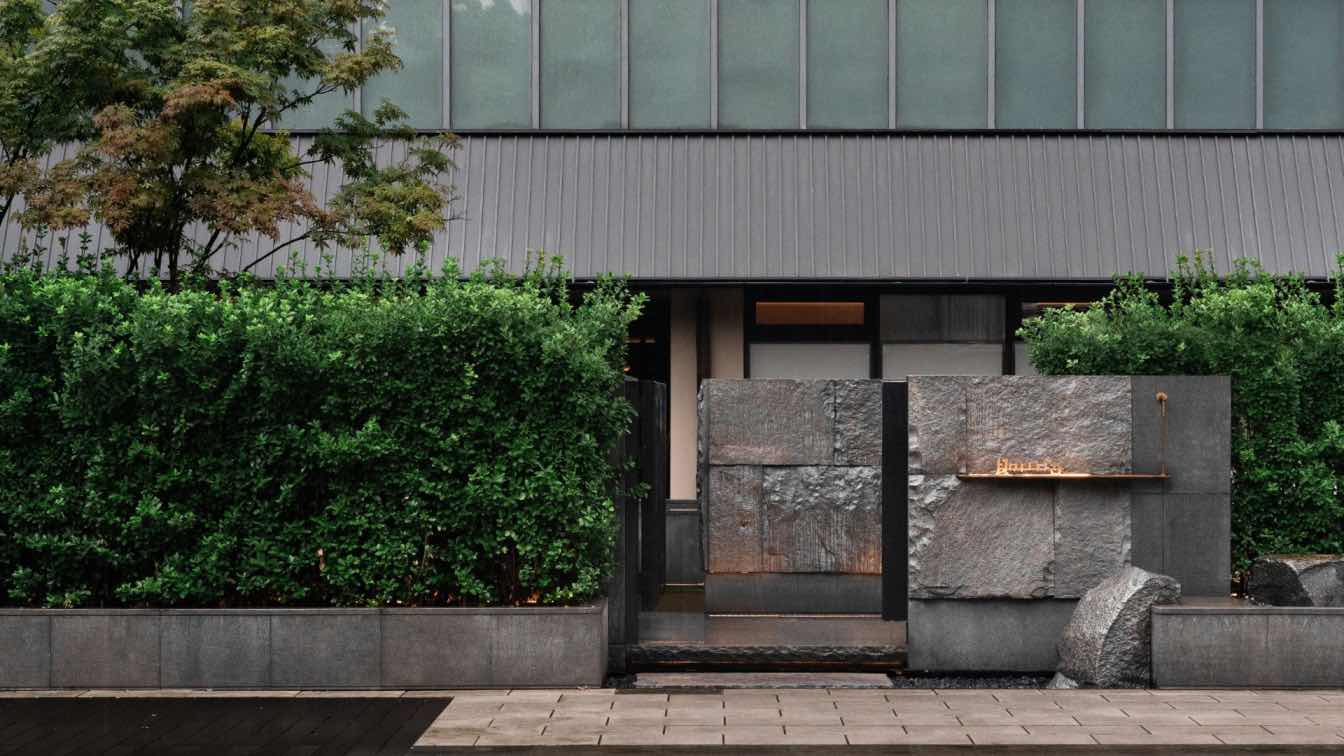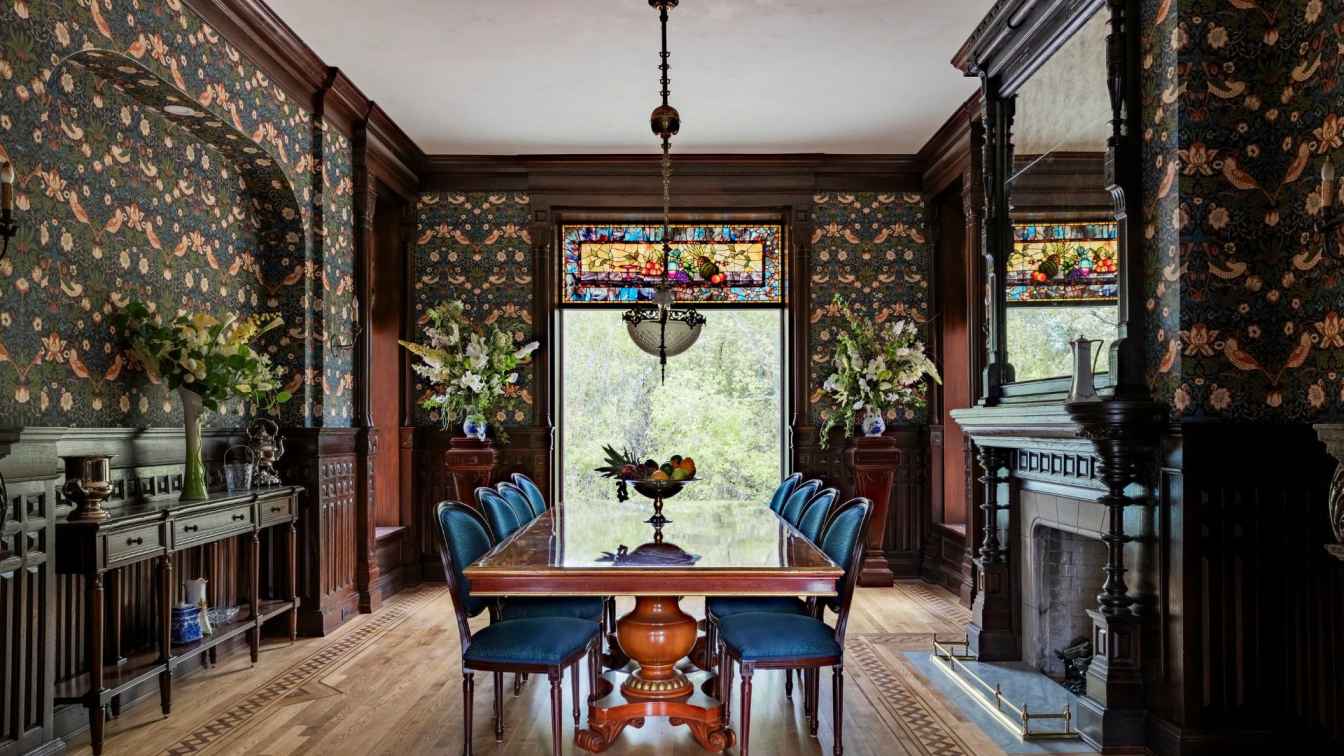Constructing connections between the ancient and modern, urban and natural, activating the closest spiritual link to consumers, ultimately realizing commercial value and cultural intent.
After a gentle rain, the lush bamboo sways, dancing in the sunlight. Red fish swim, water cascades into the pond, and deep in the courtyard, one can hear the distant sound of boiling water. In this moment of tranquil clarity amidst the courtyard's bustle, silence envelops all.
In January 2024, JiShanYu · Tea Events will welcome guests in Shanghai after seven months of design and construction. The IN.X space connects indoors and outdoors through the courtyard, creating a contemporary context where "people dwell among flora"—echoing the traditional imagery of tea, achieving a genuine Eastern lifestyle and exploring brand value.
Tea, JiShanYu
"Exceptional teas flourish by the stream; the Wuyi immortal has cultivated them since ancient times."
In the 500-kilometer stretch of the Wuyi Mountains, alongside black and yellow teas, the other four major Chinese tea types have played pivotal roles. Tea, straddling the boundaries of elegance and commonality, generates patterns of relationships between humanity and nature. It begins as a plant; Wuyi’s natural conditions favor tea cultivation, making tea synonymous with the mountain’s language. Despite cultural disruptions in Chinese history, the material foundation of tea endures, embodying a natural philosophy. Within diverse landscapes and cultural contexts, Chinese tea flows like a clear breeze, where both space and tea drinking become avenues for practice, and the immersive experience itself is joyful.

Prologue to the Garden and Tea Events
Ouyang Xiu's line, “How deep is the courtyard? Willow smoke swirls, countless curtains sway,” captures the essence of Eastern courtyards. Beyond architectural constraints, courtyards embody the poetic essence of Chinese dwelling, reflecting the heart of heaven and earth.
In the Bay Valley Technology Park, JiShanYu enjoys a 158㎡ outdoor courtyard. The design leverages vertical height variations, creating imagery reminiscent of pavilions and islands, leading to hidden paths and wandering experiences. The courtyard's scenery unfolds as one meanders—water’s edge with stones, hidden beneath bamboo, which veils the walls...
Guests enter the restaurant through an eastern door, ascending past steps, floating bridges, ponds, stones, and bamboo groves. The courtyard oscillates between vigor and tranquility, adapting to the wanderer's mood—ever-changing, it serves as the prelude to the tea experience.
If one pauses for tea, entering the garden through narrow sliding doors, a wave of greenery and spring water welcomes, blending scents of tea with the evening breeze, creating a climactic experience. Seated by the spring, surrounded by mountains and waters, the emotions confined within narrow walls are liberated.

Pavilion: Freedom of Movement
Transitioning from the courtyard to the interior embodies the interplay of yin and yang, mutually reflecting. Light subtly spills from the southern entrance, reminiscent of the imposing Wuyi Mountains' natural barriers. Upon entering, the courtyard’s grand view condenses into a miniature landscape; the stone steps align, rugged rocks gleam, and bamboo stands elegantly, framing the scene.
In China, drinking tea signifies simple daily life, devoid of complexity. As the "Tea Classic" states, "Tea, when used, is best suited for the frugal and virtuous," emphasizing simplicity—expressed through natural materials and layered textures.
Natural bricks, wood, and stone form the base, while contemporary curved ceiling elements harmonize with minimal glass and metal to enrich the ambiance.
From the long corridor inward, lightweight seating, screens, and candles create depth. The salon pavilion faces the courtyard, becoming a spiritual bastion for the entry area.
The open pavilion, supported by slender yet sturdy pillars, half-invades the space and half-hides within the facade.
As a representation of externalization without internalization, the pavilion transcends physical existence. Facing the courtyard, it blurs boundaries between city and nature, inside and outside, human-made and natural, allowing the body and spirit to flow freely.

Sanctuary: Enriching Leisurely Moments
To enjoy tea fully, one requires a clean space, good friends, quality vessels, pure water, gentle heat, moderation, skilled craftsmen, and adaptability to cultivate the ambiance of a clear window and clean table. Beyond tea, JiShanYu also offers meals, featuring six VIP rooms, each with scenic views, two of which open to the courtyard.
The tea room, slightly elevated above the public path, embodies a ritualistic entry. Each room is equipped with tea seats, screens, and plants. The dark wooden walls evoke the 900-year legacy of Fujian's tea roasting craftsmanship.
The furniture maintains a rustic simplicity, creating a clean, transparent environment that enhances the tea experience without distraction, harmonizing fragrance with the surroundings.
Strategy First, Design Second
Historically, differences in region, species, and climate have diversified the tea culture in China, where no single tea path can dominate. Yet, this diversity allows for exploration within Chinese tea drinking and expression.
While constantly evolving, tea in China remains as pure as a gentle breeze or bright moonlight—priceless, where "only the clear winds on the river and the bright moon in the mountains produce sound and color." Thus, the spatial strategy returns to its roots—appealing to nature, cultural spirit, and simple living, constructing a bridge between ancient and modern, urban and natural. Visitors sit quietly, brew tea, converse, and celebrate... The forms of tea events may change with time and needs, yet the deep connections of taste and spirit endure, ultimately building a close bond between the brand and consumers, realizing commercial value and cultural intent.

















































